Printing methods
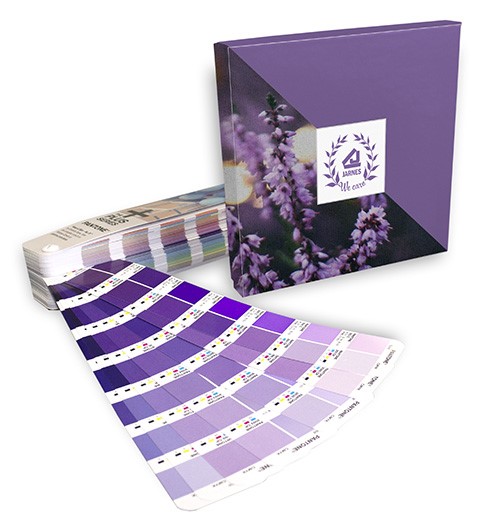
For decorating your boxes, Christmas calendars, etc., we offer several different printing methods.
The most suitable printing method for your type of packaging depends entirely on the design of the packaging, the raw materials used and your desired effects.
Below you can read more about our most commonly used printing methods.
If you have any further questions, please contact the sales department on tel. 00 45 98 28 15 55.
Offset printing
Offset printing is the most common printing method for large volumes of paper printing. We therefore use offset printing when text, images, logos or other coloured patterns are required to be printed on paper, based on the desired design on the packaging. Depending on the individual machine, the desired print is transferred to a metal plate, which is inked with printing ink, which is then transferred to the paper.
Jarnes relies exclusively on external suppliers - in the form of professional printers - to offset print paper.
Examples of boxes covered with offset printed paper
To offset print, you can use the CMYK or Pantone colour system - or a combination of both.
CMYK colours
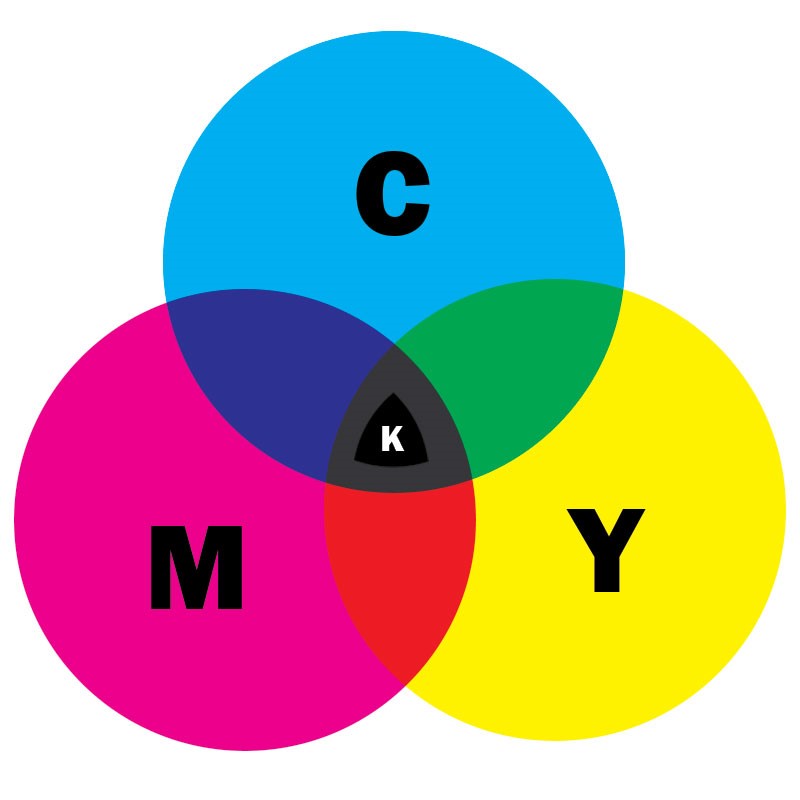
CMYK (pronounced smyk) is the primary colour system when talking about paper with multicolour printing. CMYK covers 4 colours: Blue (Cyan) + Red (Magenta) + Yellow (Yellow) + Black (Keycolor).
When the 4 colours are mixed, all colour images and tones can be reproduced. This means that, for example, if you want to reproduce a landscape image on your packaging, this will have to be printed in CMYK, as many colour tones will be included.
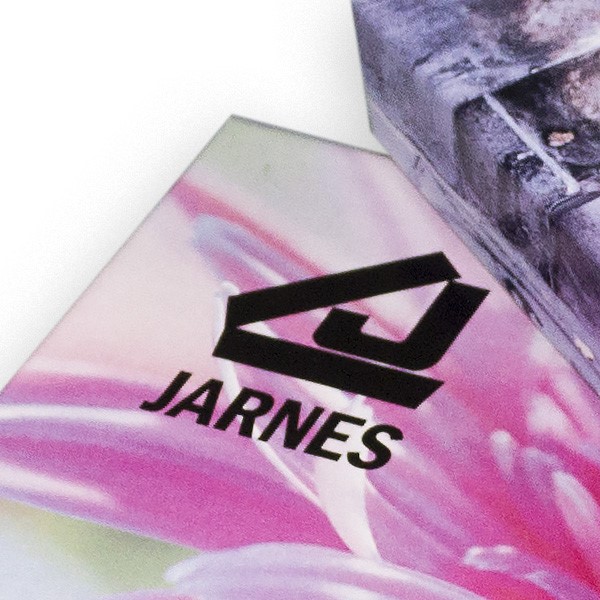
If you come across the term "4+0", it means that all 4 colours are used for printing on one side of the paper, while the term "4+4" means that all 4 colours are used for printing on both sides of the paper.
Slight colour variations may occur when printing with CMYK inks.
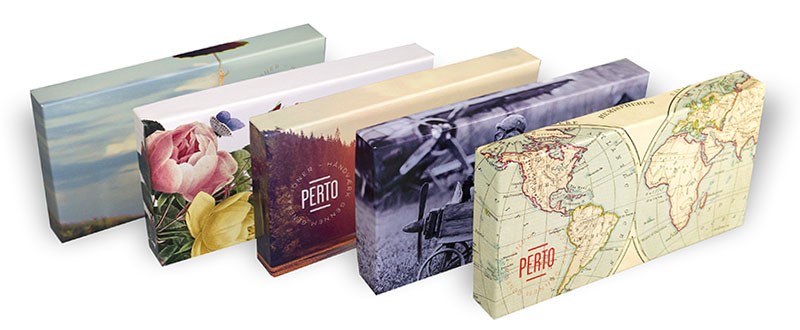
Example of boxes printed in cmyk coloursPantone colours
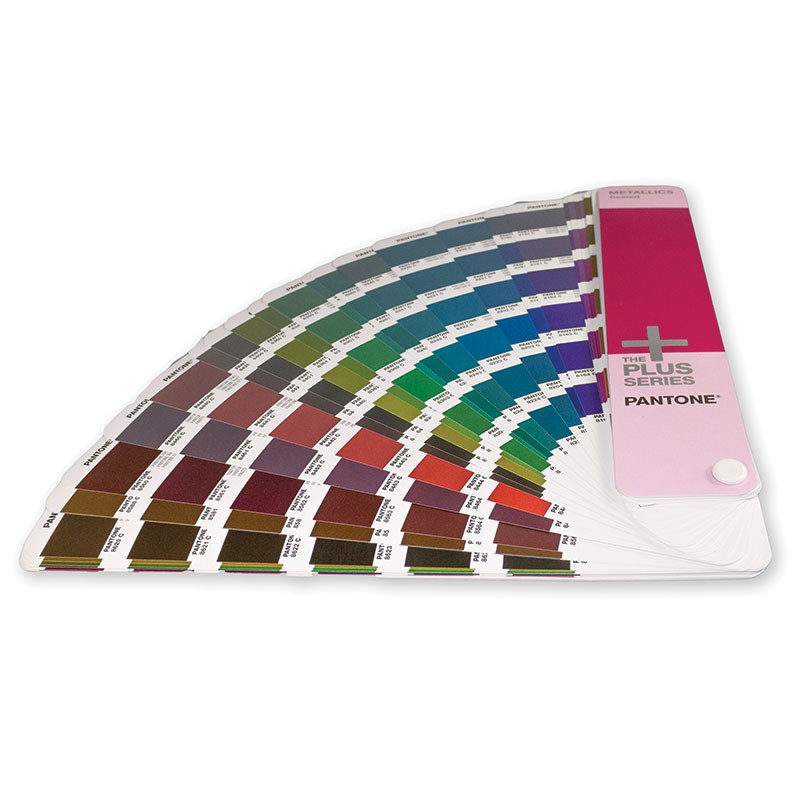
Pantone colours are predefined colours used for printing on paper. This means that if you want your packaging or logo in a specific colour, this will be specified in pantone.
Since pantone colours are predefined, you don't need 4 mixing colours (as with CMYK) when printing. Pantone colours are, therefore, often sharper and clearer than CMYK.
In addition, by using pantone colours, you are sure to get the exact same colour that you have selected from the colour chart, and, therefore, also sure that it is the exact same colour that will be used when reprinting paper.
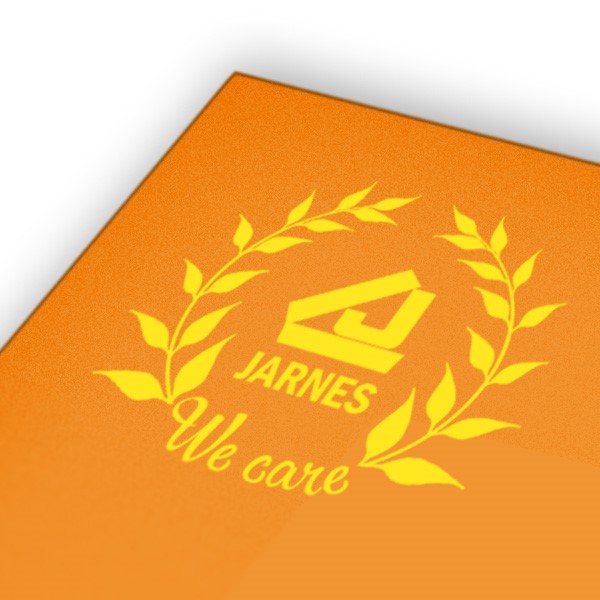
The Pantone scale also includes metallic, neon and other special colours that are not possible to specify in CMYK.
Pantone colours are further divided into 2 types: “C” which is used for Coated/Uncoated paper, and “U” which is used for Uncoated/Uncoated paper. Although the colours will be very similar, a slight colour difference will be visible, as it is impossible to hit 100% identical colour tones on different paper types.
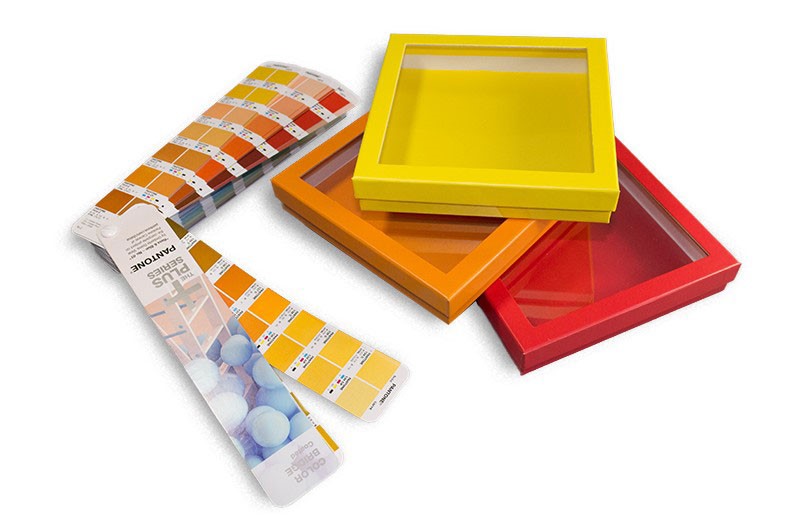
Eksempel på æsker trykt i PantonefarverTampo printing
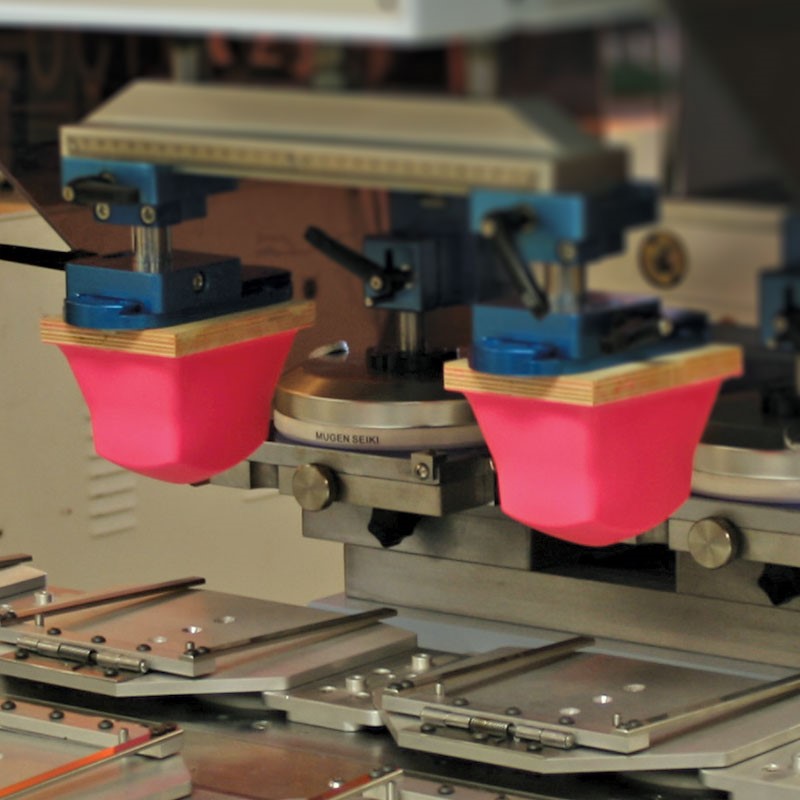
Tampo printing uses a pad and ink to print your logo, for example. For this printing method, a "film" is used as a tool. This printing method can be used on virtually any surface and therefore makes the printing method very flexible.
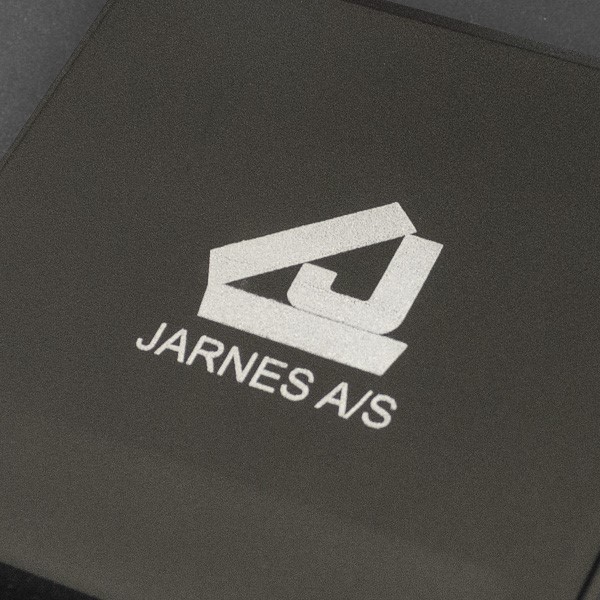
It is ideal for pad printing on hard and uneven surfaces, such as plastic, wood, metal, etc. The pressure is on top of the product surface.
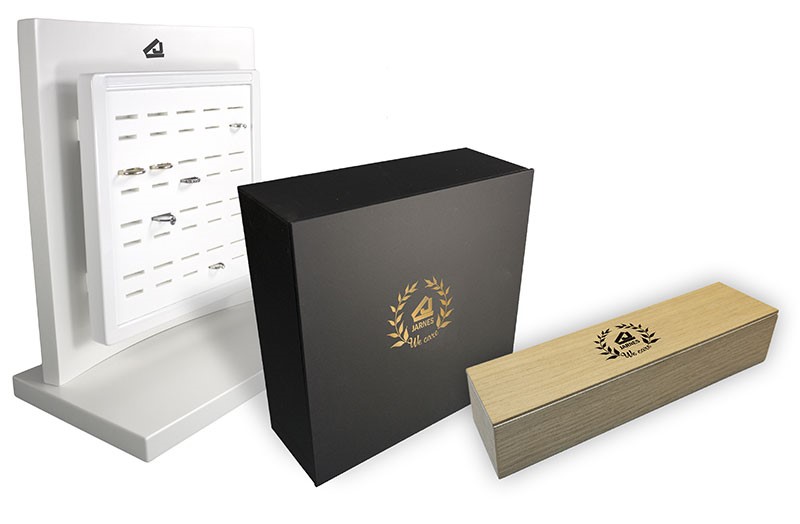
Example of logos printed with tampo printingFoil printing
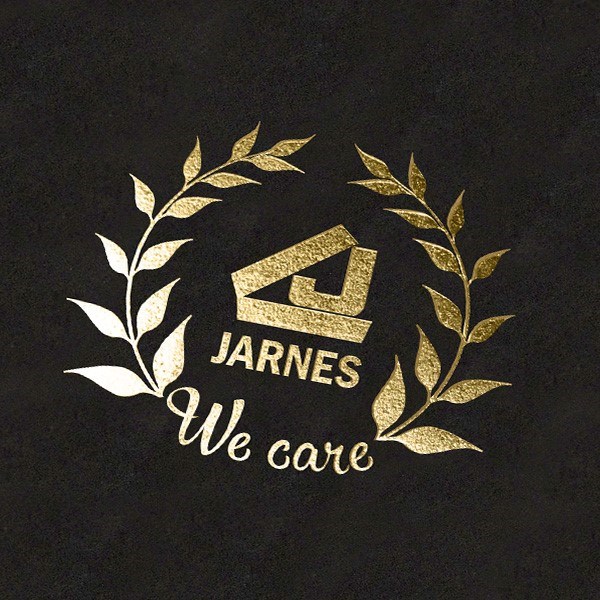
In foil printing (also called embossing), we use foil to print your logo or design.
Foil printing gives a beautiful gloss effect that cannot be achieved by other printing methods. At the same time, the printing technique ensures an attractive and opaque print on the material. At Jarnes, we most often use foil printing for printing on paper surfaces, but you can also foil print on plastic, for example.
Foil printing uses a metal cliché that is heated to about 120 degrees. The foil is placed between the cliché and the paper to be printed on. The back of the foil is covered with a wax layer and glue. When heated with the cliché, the wax layer melts and the glue adheres to the paper.
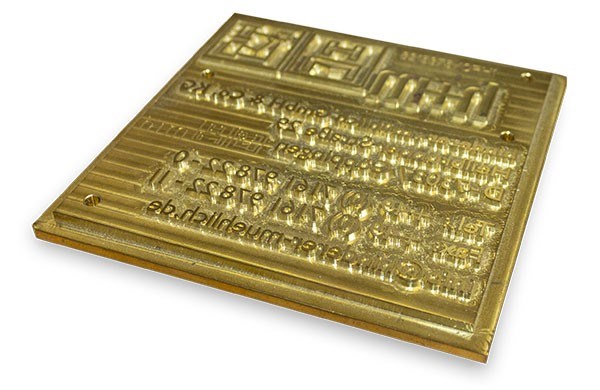
There is a wide range of foil colours available for use in foil printing, including metallic, neon and pantone.
Unfortunately, foil printing has some limitations: very small details can be hard to get sharp, and foil prints are hard to get sharp on uneven surfaces. On the other hand, foil prints exude exclusivity from a distance.
Examples of boxes with foil printing
Embossing

Embossing is the term for raising a logo or other chosen pattern above the surface of the material to create a 3D effect.
The raised design is created by a combination cliché. The raised area can either be printed as a blind print or foiled to further highlight the print.
Example of combination between foil and embossing
Debossing
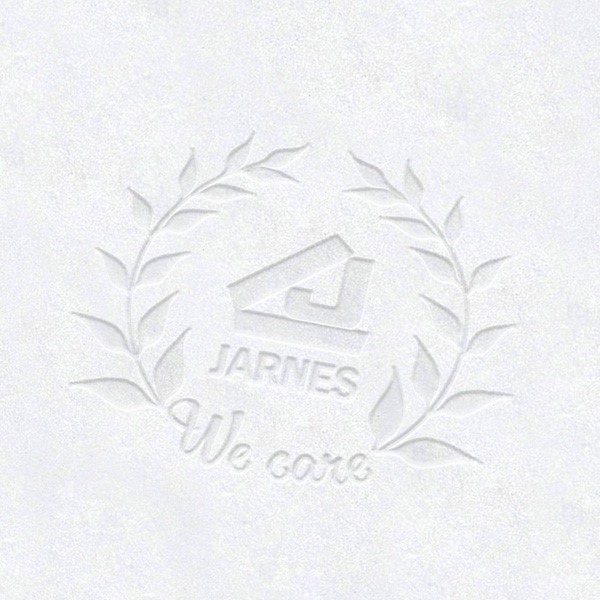
Debossing is the opposite of embossing. This means that you print your logo or pattern into the material. Likewise, debossing requires a combination cliché. In the same way, the lowered area can either be printed as a blind print or foiled.
When using the techniques of embossing and debossing, one must be very conscious of the raw material used for the process. For example, both techniques will have a greater effect if printed on a thicker material. This means that the effect will be more clearly visible when printing directly on cardboard than on paper, as the fibres in the cardboard will be more able to give.